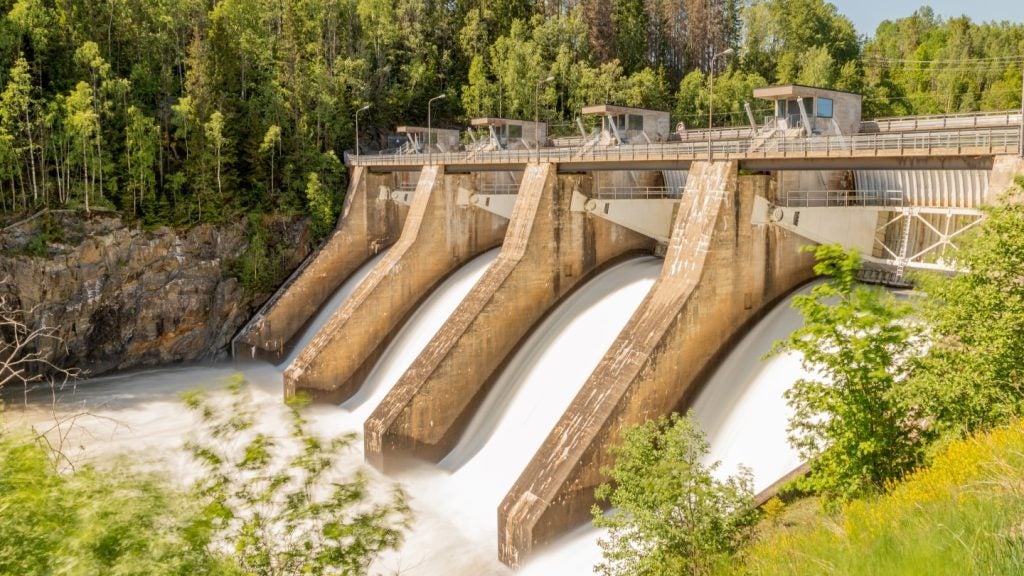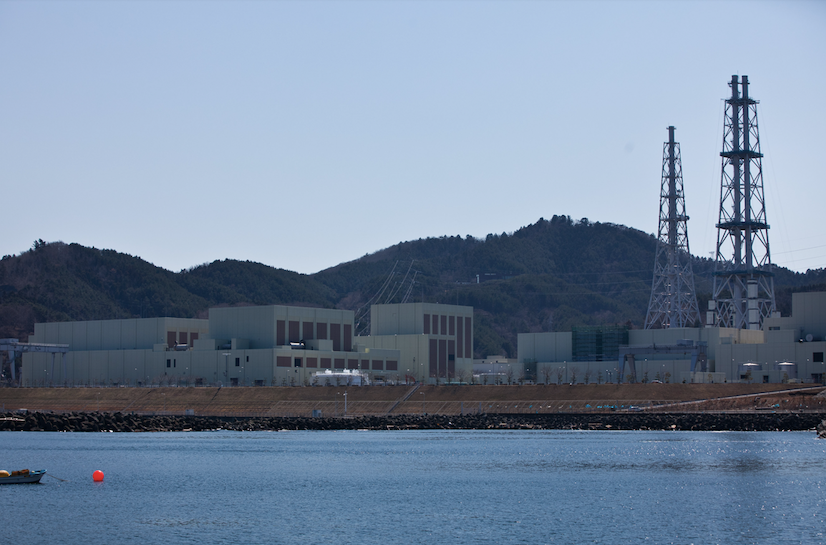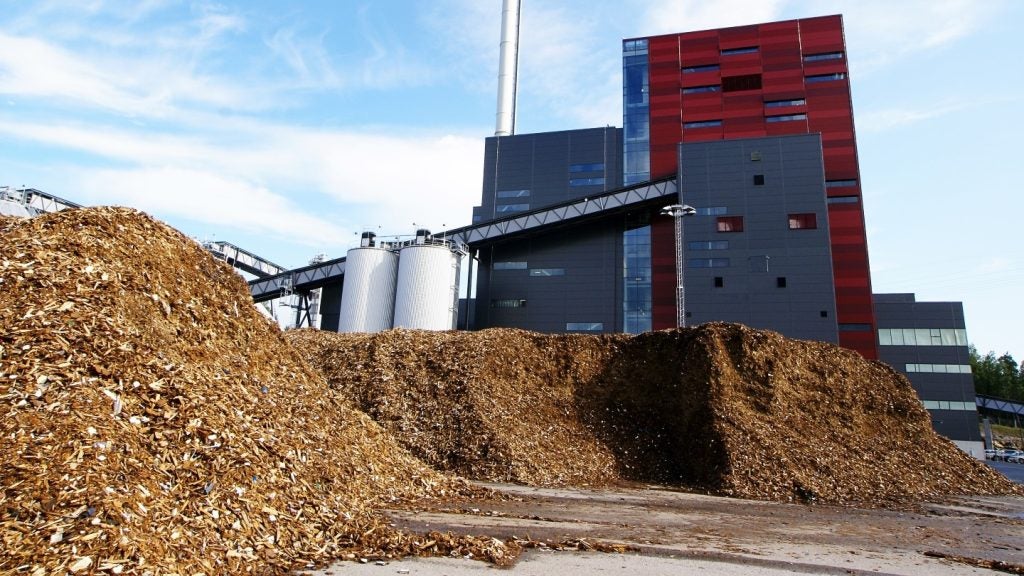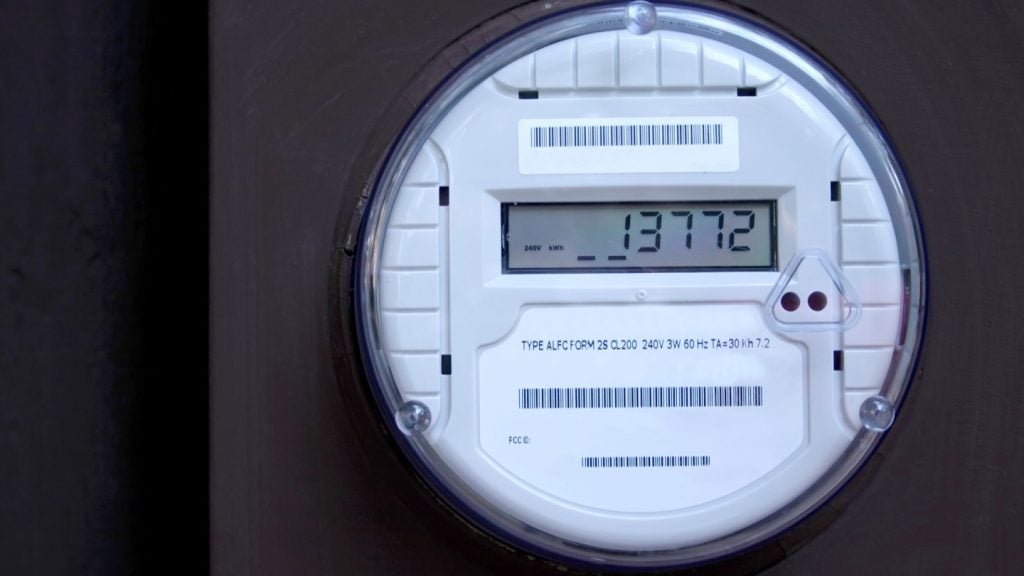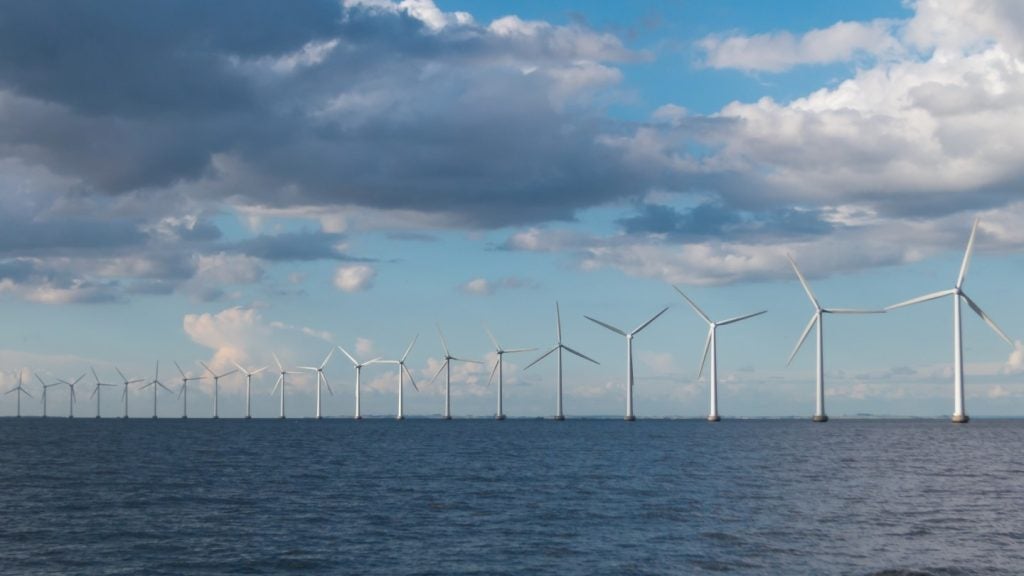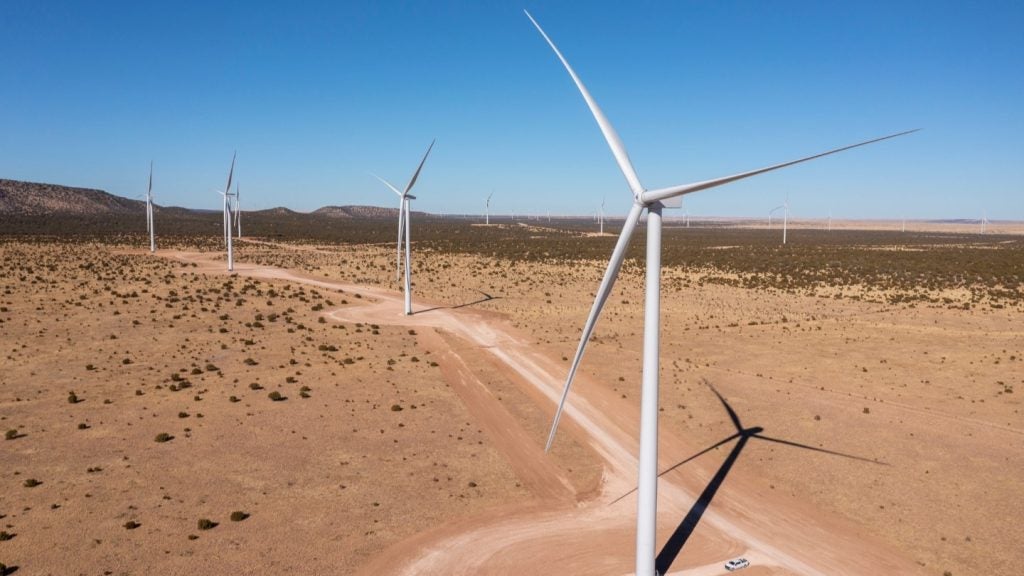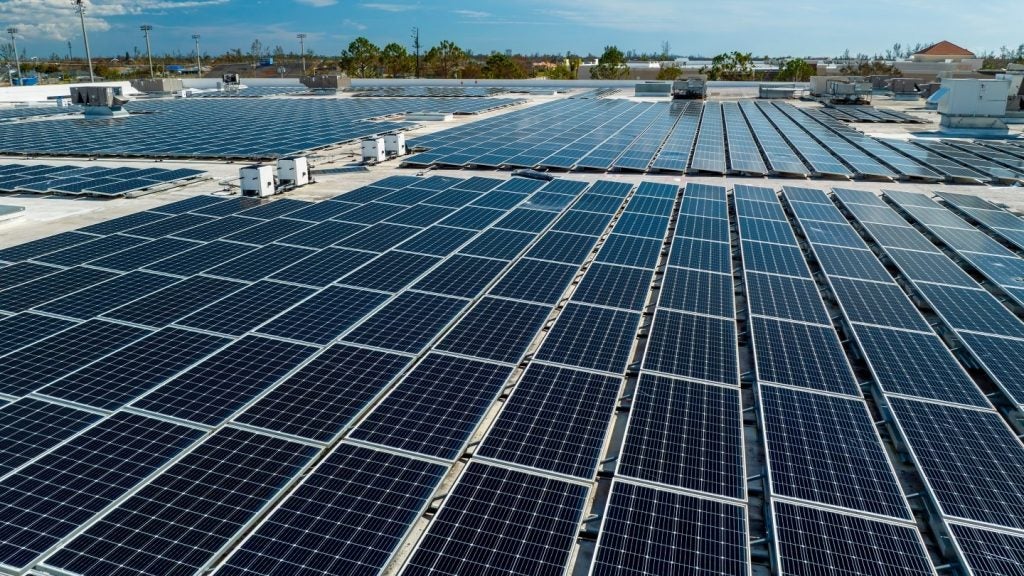Norwegian state-owned energy company Statkraft has announced plans to invest €6bn to enhance its hydro and wind power facilities in the country.
The initiative underscores Statkraft's commitment to bolster renewable energy infrastructure.
The company has earmarked between €1.8bn and €3bn for the refurbishment and transformation of Norwegian hydroelectric plants.
Between €1.2bn and €2bn will be dedicated to dam rehabilitation and the modernisation of older hydropower stations. This work will be carried out between 2024 and 2030.
The hydropower plants to be upgraded include the Mauranger, Aura, Alta and Svean plants in western, central and northern Norway.
The work will enhance their resilience against extreme weather, flood damage and potential security threats.
With this investment and refurbishment, hydroelectric power capacity is projected to increase to between 1.5GW and 2.5GW, representing more than 20% of installed capacity.
Statkraft Nordic region executive vice-president Birgitte Ringstad Vartdal stated: “We are working to mature the best hydropower projects. These are large and complex, and take a long time to develop and build.
“All projects will depend on a predictable regulatory framework, getting the necessary concessions, the level of power demand and a good dialogue with local communities.”
The company also plans to invest €1bn in the renewal and construction of new onshore wind farms.
This will more than double wind power production to 2.5 terawatt-hours.
Statkraft has also started the concession and planning process for a 260MW Moifjellet wind power project in Rogaland.
It will take up the repowering of projects including the Smøla, Hitra and Kjøllefjord wind farms in the central and northern regions of the country. The repowering will increase production by 40%.
Vartdal added: “We have fantastic wind resources in Norway. Onshore wind is the technology that can provide us with new power in the fastest and cheapest way before 2030. We should therefore develop the best wind projects so that we can contribute to both industrial development and emission cuts.”


